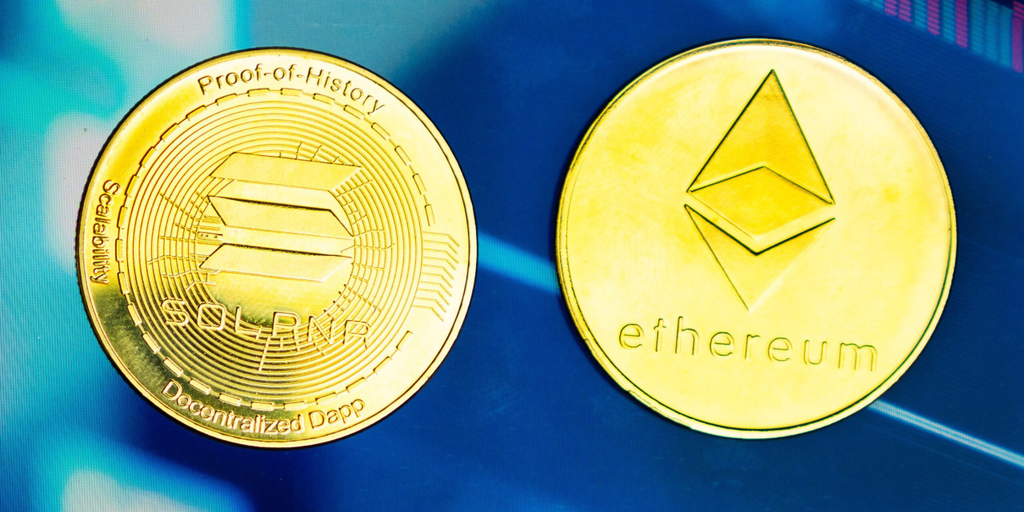
Uniswap price action showed a sharp decline to $9.16, indicating sustained bearish momentum. High volatility has been evident since late 2024, with price fluctuations between $6.89 and $9.35 recently.
Previously, UNI/USDT surged to $25 in late 2024 before losing momentum. The $10 support level was breached, leading to increased selling pressure. The short-term recovery at $9.16 may face resistance at $10 and $12.

If bearish momentum continues, a drop to $8 or $7.50 is likely. Long-term implications depend on broader market conditions.
A sustained recovery above $12 could signal renewed bullish confidence, targeting $15 or higher in the coming months.
Uniswap Gradual Token Distribution
Uniswap’s token unlock schedule showed 450.06M UNI unlocked, representing 45.01% of total supply. Gradual distribution occurred among advisors, investors, the team, and the community since January 2022.
Community tokens dominate, exceeding 300M UNI, while advisors and investors collectively account for over 200M UNI. The recent unlocks created downward pressure, contributing to UNI’s decline to $9.08.

Short-term implications suggest potential price instability as the market absorbs newly unlocked tokens. Long-term, broader distribution fosters decentralization and community engagement.
Future unlocks could sustain selling pressure unless demand increases, targeting a recovery above $10. Sustainable growth depends on broader market trends and utility.
RAY Surpasses UNI in DEX Volume after January Surge
However, Raydium (RAY) surpassed Uniswap in DEX volume in January 2025, achieving over $600 Billion in total monthly trading volume.
Uniswap accounted for approximately $150 Billion during the same period, reflecting slower growth compared to Raydium’s explosive surge.
Pancakeswap also saw an increase but remained below Raydium and Uniswap in overall volume.
The shift in volume indicated user preference for alternate decentralized exchanges offering competitive fees and liquidity.

UNI’s price, at $9.08, faced pressure from declining market share and liquidity migration. Short-term, this could limit UNI’s recovery beyond $10 as competition intensifies.
Long-term, Uniswap’s prospects depend on innovations and expanding use cases. A rebound is possible if the protocol attracts higher volumes or integrates scaling solutions.
Maintaining its status as a leading DEX might help UNI recover to $15 or higher. Broader DeFi growth will also play a crucial role in UNI’s future performance.
Uniswap v4 Innovation Driving DeFi Growth
Uniswap v4 innovation fostered DeFi growth, reflected in the $600 Billion DEX volume by January 2025. The introduction of v4 features, such as hooks and enhanced liquidity solutions, created market excitement.
UNI began recovering with expectations of v4 adoption and easing regulatory pressure. Short-term, UNI could reach $10.50 if trading volumes grow due to these developments.

The broader DeFi ecosystem also benefited from new launches like FLUID and JUP. Long-term, Uniswap v4 positions UNI as a leader in DeFi innovation, potentially driving its price to $15 or higher.
Regulatory clarity and sustained protocol improvements are crucial for future success.
If Uniswap sustains its competitive edge and increases market share, UNI’s growth could reflect long-term DeFi expansion. The upcoming DeFi summer revival could further amplify UNI’s market position.
The post Uniswap Price Drops Sharply Amid High Volatility, Raydium Overtakes Uniswap in DEX appeared first on The Coin Republic.
The Coin Republic – Read More









